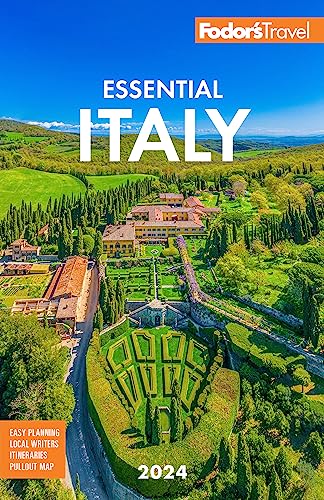Car Travel
Italy has an extensive network of autostradas (toll highways), complemented by equally well-maintained but free superstrade (expressways). You'll need your autostrada ticket from entry to pay the toll when you exit; on some shorter autostrade, you pay the toll when you enter. The condition of provincial roads varies, but maintenance is generally good.
Most gas stations have self-service options. Those on autostrade are open 24 hours; others are generally open Monday through Saturday 7–7, with a break at lunchtime. Automobile Club Italiano offers 24-hour road service. To call the police in an emergency, dial 112.
Parking
Curbside spaces are marked by blue lines; pay at a nearby parcometro machine, and leave the printed ticket on your dashboard. Fines for violations are high, and towing is common. You often need a permit to enter historic centers with a vehicle—violating this strictly enforced rule can also result in hefty fines. It's best to park in designated (preferably attended) lots; even small towns often have them just outside their historic centers.
Rules of the Road
You can rent a car with a U.S. driver's license, but Italy also requires non-Europeans to carry an International Driver's Permit (IDP), available for a nominal fee via the AAA website (www.aaa.com). Speed limits are generally 130 kph (80 mph) on autostrade, 90 kph (55 mph) on state roads, and 50 kph (30 mph) in towns; this can drop to 10 kph (6 mph) in congested areas. Exceed the speed limit by more than 60 kph (37 mph), and your license could be confiscated.
Right turns on red lights are forbidden. Headlights must be kept on outside municipalities, and you must wear seat belts. Fines for using mobile phones while driving can exceed €1,000. The blood alcohol limit is 0.05% (stricter than in the United States).




